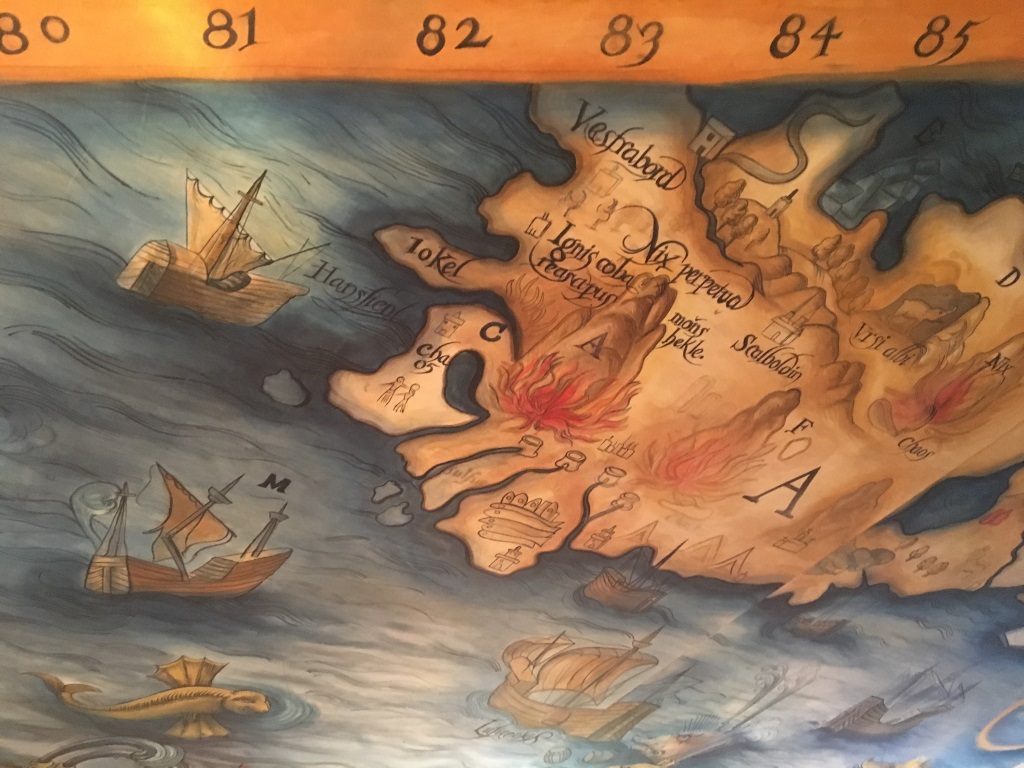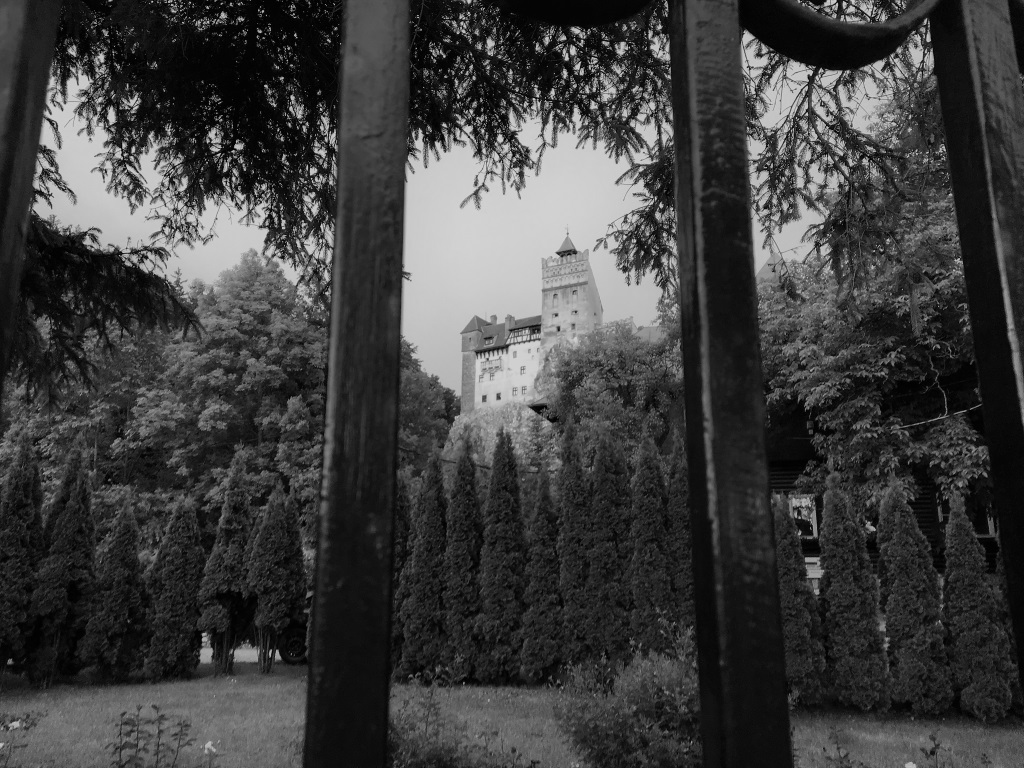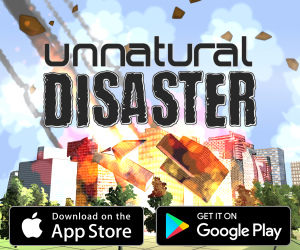
May 26 – June 23, 2016 (Early summer)
Greeting: Buna
Gratitude: Mulțumesc
Currency: Leu (lei)
Visa: 90 days in 180
Cost of living: Low
The capital of Romania is perhaps the most populous “hidden gem” in Europe. Bucharest exists on a grander scale than we imagined: massive neoclassical facades and wide boulevards reminded us of Paris, though the brutalist remnants of Ceaușescu’s communist regime are quick to interrupt any daydreams. Romania may not be most people’s first thought when it comes to European vacations, but it may come to be. It feels like a country on the upswing. Transylvanian castles are becoming more familiar on social media, the excited multilingual banter of tourists echoed throughout the city, and the economy and standards of living are rising fast. The intersection of the grand past and promising future made this one of our more surprising stays.
Where we stayed

A long day of transfers brought us into town well after dark. Luckily, we had no trouble finding an Uber↗, and our Airbnb host sent an associate to meet us in person. The apartment was in an ideal location, just across from the National Museum of Art (formerly the Royal Palace) and a block away from the Romanian Athenaeum✨ Theatre. Our view was not that impressive however, as we faced✨ a parking lot and another bland block of apartments. We got it for a good price though, and it was thankfully pretty quiet. Bucharest might be the honking and brake-squealing capital of Europe, and plenty of drivers liked to make themselves and their frustrations known at the nearby intersection.
The apartment was small but checked all the boxes on our list. A living✨ and dining✨ area dominated the space, and a small hallway linked the kitchen, bathroom, and bedroom✨ in quick succession. The narrow galley-style kitchen✨ frustrated a bit, not for its size, but for the inexplicable decision to use angled doors for the cabinets. Half ended in very sharp corners at eye and shin level, a clear health hazard.

Since our neighborhood was in the heart of the tourist core, we found it very easy to get around on foot. Almost all our destinations were within a half hour walk, and there were a decent number of good-sized grocery stores in the area. The best perk, though, was the proximity to Cișmigiu Park✨. This was the perfect escape on summer afternoons. The shade was like an oasis in the heat island of the concrete capital. Food carts grilled up mici, beer gardens offered liquid refreshment, and families criss-crossed the interior waterways in paddle boats and hamster balls for our entertainment. It was popular (at times off-puttingly so), but with good reason.
What we did

The Palace of the Parliament dominates the city both literally and figuratively. One of the largest buildings in the world, and actually the heaviest, the government razed an entire neighborhood to make room for it. Hundreds of thousands of tons of steel, marble, and wood were used during construction. It remains the seat of the Romanian Parliament, but also houses museums, a theater✨, offices, ballrooms✨, and an unfortunate amount of still-empty space. We stopped by to scope out the exterior, which suitably impressed✨; clearly, we needed the full tour. The inside? Just as ostentatious as the exterior. Huge halls linked by massive staircases✨ lead to enormous rooms. Our guide mentioned that some carpets are so large✨ they had to be woven inside the building because they were too big to move through the doorways. We tend to agree with the local assessment that it was – and still is – a money pit. But we couldn’t help but admire the end result. It easily measured up as one of our favorite attractions worth braving crowds to see.

The city itself made just as big✨ an impression on us. We toured the Old Town, or what remains of it. Much of it is being torn up in construction projects, and what remains is thick with pushy and overpriced tourist bars and restaurants. But the real Bucharest is easy to see. Massive boulevards link the disparate landmarks✨ across a sprawling city, and everywhere towering buildings✨ allude to a grand and romantic✨ past. Some sit empty and decaying, but others have been snapped up and renovated✨. The city appears hard at work on its urban decay, but the ubiquitous markers✨ of the Communist era will be harder to replace. On a smaller scale, beautiful✨ and ornate✨ Orthodox churches are scattered everywhere✨. Romanians are famously cynical about their country and its problems. But there is so much more to work with here than in most places, so much beauty and land and history, it’s hard as a visitor not to feel awed and optimistic about Bucharest.

On the other end of the structure-size spectrum was the Village Museum. Scattered✨ throughout a large park, this museum brings together diverse✨ styles of traditional✨ homes and farm buildings from across Romania✨ to showcase different areas’ architectural✨ and decorative styles. Large wooden churches✨, barns, and even a windmill✨ added to the rural feel to the grounds. We spent most of an afternoon there, peering into rooms decorated with period furnishings and wandering through the exhibits. A sudden downpour✨ forced us to shelter under the roof of the wine press✨ with a group of German tourists. It was an incredibly charming way to spend an afternoon, and we loved feeling like we were a hundred miles away from the bustling city.

Romania’s capital has plenty of other museums as well, often just $2 or $3 to enter (though some charge extra for picture-taking privileges). We especially liked✨ the often-overlooked National Museum of Maps and Old Books✨. Tucked in an upscale neighborhood, it was so quiet during our visit that we had to find the guard to find the docent to sell us entrance tickets. Exactly as advertised, it is a large collection of (mostly) old maps✨, both from Romania and elsewhere. Seeing how wrong the world was imagined based on limited data and hearsay was equal parts funny and fascinating. A hundred feet away from our apartment’s door, the National Museum of Art of Romania✨ also delivered on its name, with pieces from as far back as the 1300s. A decently sized European gallery showed off art collected by connoisseurs and royals from around the continent. Smaller in scope than we expected, the National Museum of Romanian History✨ has apparently been under some form of renovation for years. It was still worth a stop though, as the treasury was open for visiting and featured one of the world’s more interesting↗ royal crowns✨. Roman-era and older artifacts✨ and a replica of Trajan’s Column✨ (with full explanations of the events depicted) rounded out the collection. The region was just one of many conquered and integrated into the Empire, but modern Romanians may be the proudest of that history (hence the name of the country). The temporary photo exhibit of the 1989 Revolution was especially moving. One photo looked oddly familiar – our apartment block✨ – though today’s curbside featured notably fewer tanks. The many natural history museums✨ delighted as well, offering exhibits both relatable✨ and utterly alien✨, from the amusing✨ to creepy✨ to downright macabre✨.

We couldn’t come all the way to Romania and not visit Transylvania✨. Renting a car, we headed for Bran, home of the most famous claimant to the title of “Dracula’s Castle.” We stayed in a shepherd’s cabin✨ just outside that town. Up in the meadows✨, neighbors made old-fashioned haystacks✨ and herded their flocks✨. The surrounding mountains✨ were a welcome sight after the intense flatness of the Wallachian Plain. Though the real Vlad Dracula never spent more than a passing night here, the keepers of Bran Castle✨ are all too happy to indulge✨ the tourists. We weren’t too interested in the legends, but touring✨ the drafty, ancient castle in a storm was a treat. Peals of thunder and dim grayish light added the air of creepiness✨. But the destination was only half the fun; the journey was just as hair-raising. Our car rental experience was a nightmare, as the initial inspection took place in a dim garage with an employee who balked at marking✨ down the (extensive) scratches and dings✨ we pointed out, then tried to charge us for the “damage” we did on return. The drive was white-knuckle all the way, as drivers all think they are F1 stars. Swerving, passing on blind corners, sudden reasonless stops, and triple-deep parking all added to the stress. On highways outside the city, we shared the roads with pedestrians, bicycles, even horse-drawn wagons✨. The highlight of the whole trip was our spontaneous pit stop in Sinaia. There, we got to tour Peleș Castle✨, one of our all-time favorites. Unlike the centuries-old Bran Castle✨, Peleș is a modern✨ construction. Work began in 1873 after King Carol I decided on the location✨ for a royal residence. Though newly-crowned, the new royal family was treated to a palace furnished in grand style. We toured the libraries, smoking lounges, halls, and sitting rooms, all full of weapons✨, suits of armor, and plenty of art. The builders wired it for electricity, then a recent innovation, and used the technology to power a retractable glass roof✨ over the great room. That delightful little detour made all the stresses of the trip worth it.
Food & Drink
This month featured a lot of fairly boring meals, though it wasn’t Romania’s fault. We felt we had overspent a bit in Croatia, and pulled back a bit this month. We found all our usual staples – pastas, chicken and ground beef, veggies, snacks✨ – at Mega Image and Carrefour. Ki-Life Natural provided a selection of imported Asian sauce packs and some harder-to-find spices, resulting in some decent mee goreng✨ and pad Thai with local ingredients rounding out the prepackaged mixes. Our anniversary fell during our stay, and we celebrated with roasted rack of lamb at home and a higher-priced bottle of wine than usual.
As for snacking, the local version of ajvar, zacuscă, wasn’t as good as its Croatian counterpart, but luckily many stores featured both versions. Mega Image had some delicious store-made potato and veggie salad.

We ate out a few times during the month, grabbing street kebab or baklava as a snack. One big exception in Bucharest was heading out for lunch at the more than century-old Caru’ cu Bere✨. The restaurant is famous for being famous, the gorgeous building a tourist attraction in its own right. The food was modestly priced for such a destination eatery, though. For a few dollars apiece we had a drink and a multi-course meal with delicious tomato-and-cucumber salad, eggplant salad, fried trout, creamy polenta, and chocolate rum cakes. Tourist groups filtered in to take pictures of us (or more likely, the surroundings✨) while we tucked in our lunch, making us feel like minor celebrities.
In Bran, we ate one dinner out at Burg, sharing cheesy polenta and a mixed meat plate. The polenta was the better of their two dishes, though our waitress worried we might not like the cheese used. She brought out a sample, telling us other tourists had not enjoyed it. We had no such problems.
Mass-market beer was pretty bad. Shelves were packed with cheap, tasteless lagers like Ursus✨, Ciucaș, and Timișoreana, with no dark varieties or craft brews. They were most memorable for their quantity (2-liter bottles were commonplace) rather than quality. We held a pretty low opinion of Romanian beer until our later stay in Timișoara.
Local wine leaned heavily toward sweet (sec), both for red and white✨. Though they weren’t our favorite, they were reasonably✨ priced and with enough variety✨ that we could keep sampling✨. Again, we had better luck with wine quality on our later return to Romania.
The local liquors of choice, ţuică and palincă, are plum and fruit brandies a la rakija. We’re not the biggest fans of rakija, and we didn’t much care for these either.
Stuff of interest
This month our SIMs↗ came from Vodafone. A SIM with a staggering 8 gigs of data, plus local call time, was about $9. Speeds were good too, even more so when it came to household internet. Romania simply had the fastest✨ internet connections we’ve experienced anywhere, hands down.
Romania price-regulates most medicine. Any pharmacy should sell the over-the-counter or prescription drugs for the nationally set amount. We found this was an especially great country to stock up on over-the-counter medications and even birth control.
Just like in Malaysia, Romanian currency is actually plastic. People will happily toss a single leu note into wishing wells like coins, since they won’t degrade in the water. It’s a handy feature to have if you leave some in a pocket during a wash!
We happened to be in town for Bookfest✨, Romania’s biggest book publisher’s conference and exposition. It made for a neat day, taking in such a big and exciting gathering of literature✨ while being completely unable to read almost any of it. Still, we managed to pick up a couple English-language books for the road!
The Big British Bucharest Quiz offered a great excuse to meet new people and realize our trivia limits.
What we learned
It would have been wise to learn stick-shift driving before setting out on worldwide travels. Automatics are just not common outside North America, and come with a big luxury tax when renting. Also when renting, make sure to take a video when doing a full walk-around! It’s a much easier and quicker way to ensure full photographic coverage of existing damage than trying to photograph every ding and scratch piecemeal.







